At Yomkey, we are not just a store—we are curators of China's rich cultural heritage.
Our mission is to share the profound stories of ancient crafts and the artisans who create them with the world. By partnering directly with master craftspeople, we bring you authentic, handcrafted products from exquisite silk and embroidery to non-heritage home decor.
Our international trademark, registered on December 9, 2022, is a symbol of our unwavering commitment to this mission.
We believe that every piece we offer is more than an item, it is a bridge between the past and the present, a tangible piece of living history.
Headquartered in Shenzhen, China (Shenzhen Qianhai Yunkeyuan Information Technology Co., Ltd.) and Hong Kong (Yomkey Group Limited), our group integrates online cultural e-commerce and offline cultural tourism services.

Rich Supply Chain Resources
We currently cooperating with 900+ goods suppliers, logistic suppliers cover 46+ country/regions

Diverse Product lines
Our product lines meeting the diverse needs of our customers and providing a one-stop shopping experience.

High-quality craftsmanship and cultural heritage
Our products feature high-quality Chinese craftsmanship and are infused with rich historical and cultural elements.

Live Support 24/7
Our support team is available 24/7 to assist you with any questions or concerns you have
OUR PRODUCT CRAFT SHOW
We are proud to present an exceptional Suzhou embroidery video provided by our esteemed cooperation partner, showcasing their extraordinary craftsmanship abilities.
VISIT THE PRODUCT!4+
Business Years
6+
Product Lines
50+
Sharing Blogs
80+
Reachable Countries/Regions
OUR PHOTOGRAPHY SHOW
We are proud to have a professional photography team and an array of talented models on board, working diligently to showcase the true beauty of each and every product we offer.
Our professional models, with their diverse backgrounds and styles, bring versatility and charisma to our product presentations. They skillfully exhibit the products' practicality and elegance, allowing potential customers to envision themselves using and enjoying our offerings.
Together, our photography team and models create a harmonious synergy that effectively highlights the real beauty and value of our products. This collaboration ensures that our customers receive an authentic and captivating visual experience, enabling them to make informed decisions and appreciate the excellence we strive to deliver.
OUR BLOGS SHARING FOR CHINESE HISTORY
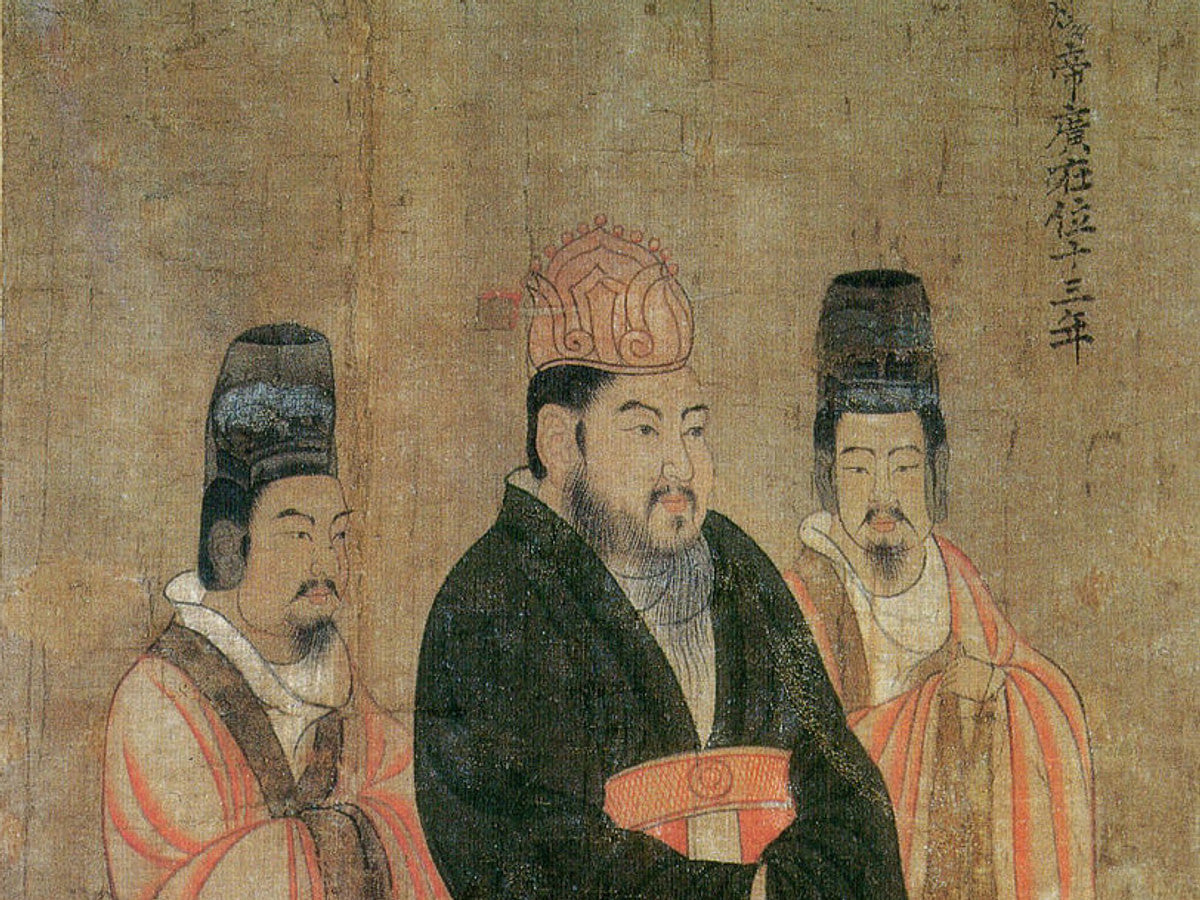
Brief Introduction About Chinese Sui Dynasty (581-618 AD)
In 581 CE, when Yang Jian (Emperor Wen of Sui) took power from the Northern Zhou dynasty, he inherited a land that had been divided for 400 years. The north was inhabited by nomadic tribes, while the south was home to Han Chinese. These divides, alongside decades of warfare, had left China in disarray. By the time his son Yang Guang (Emperor Yang of Sui) died in 618 CE, the dynasty had not only constructed monumental achievements—such as the Grand Canal, imperial examination system, and massive grain storage silos—but it had also laid the foundational structures for the grandeur of Tang dynasty's capital, Chang'an. Though brief, the Sui Dynasty's ingenuity provided China with key infrastructures that would support its civilization for the next millennium.
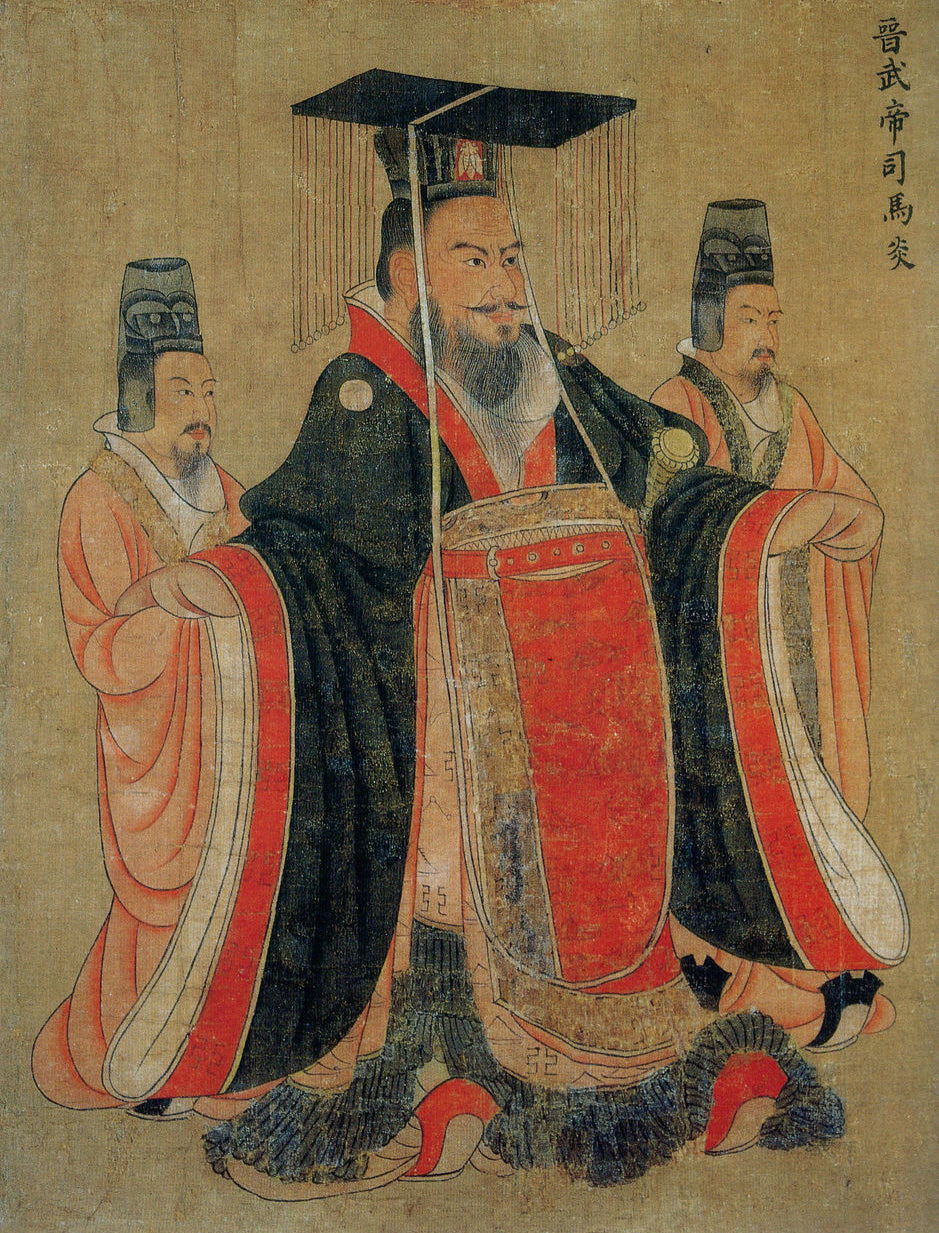
Brief Introduction About Chinese Jin Dynasty (265-420 AD)
The Chinese Jin Dynasty (265-420 AD) teaches us that civilization's most brilliant light often arises from the ashes. As you gaze upon the flowing robes in Gu Kaizhi’s paintings or recite Tao Yuanming’s mournful lines, you see not just the shadow of a lost dynasty, but the universal human longing for freedom, respect for nature, and belief in art’s redemptive power.
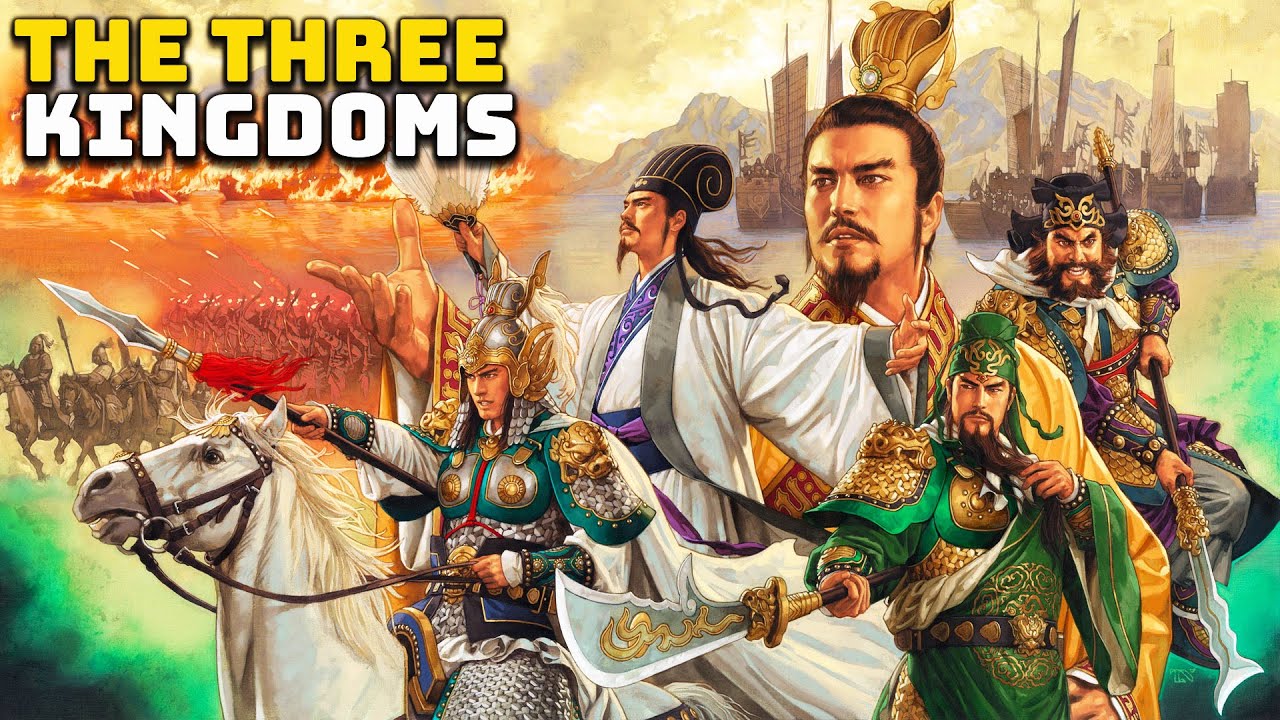
Brief Introduction About Chinese Three Kingdoms Period (220-280 AD)
The deepest paradox of the Chinese Three Kingdoms Period (220-280 AD) lies in the fact that the division of power ultimately strengthened the pursuit of unity. While Cao Cao, Zhuge Liang, and Sun Quan expanded China’s boundaries during an era of fragmentation, the stories of loyalty, bravery, and strategy have transcended time, becoming the symbols of Chinese identity.
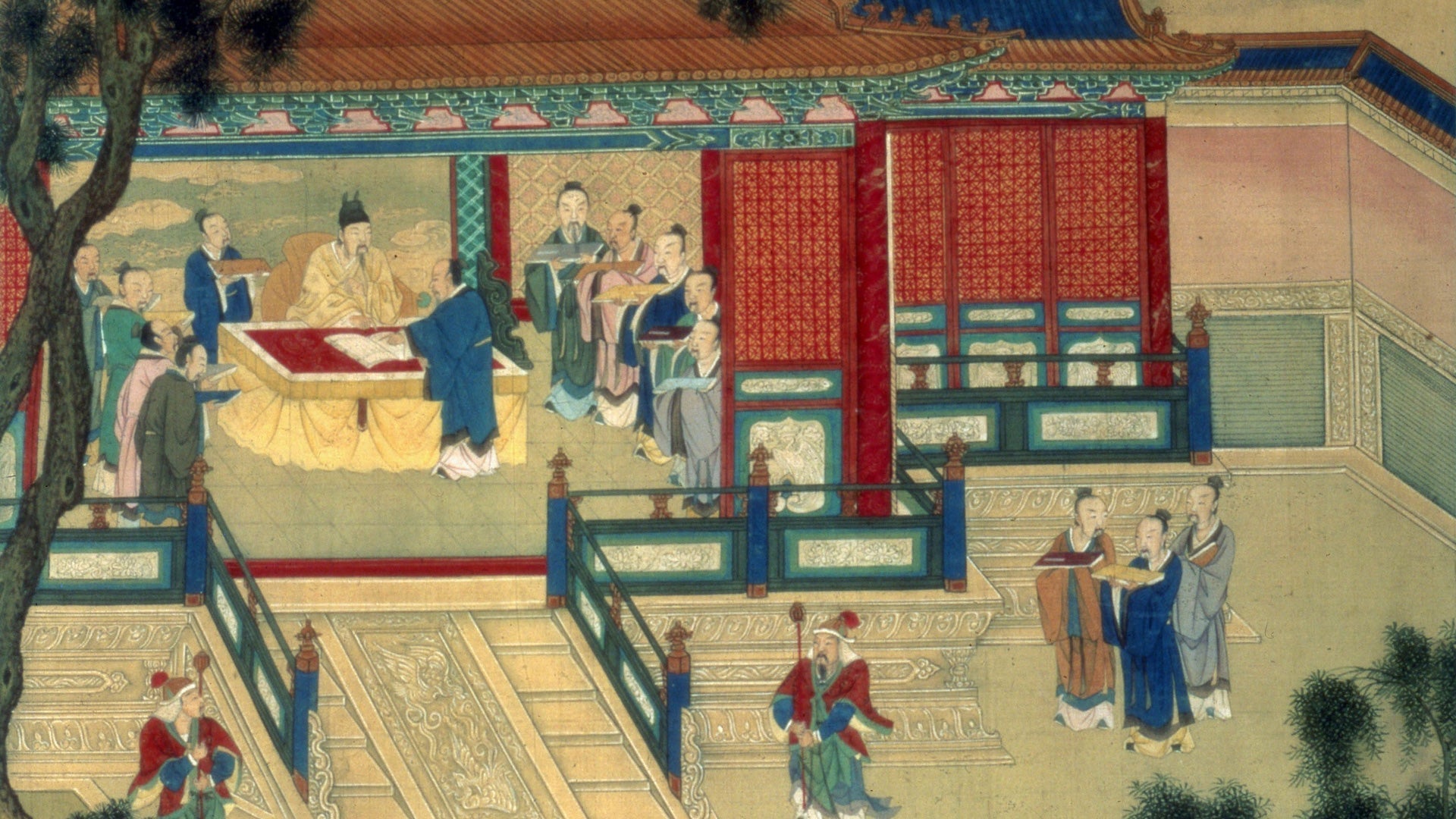
Brief Introduction About Chinese Han Dynasty (206 BC-220 AD)
In 202 BCE, when Liu Bang ascended the throne in Dingtao, a dynasty named Han emerged on the world stage. Over the next four hundred years, it rose from the ashes, rebuilt order, marched its iron cavalry to the northern steppes and the Western regions, connected Rome through the Silk Road, and spread ideas through paper. Ultimately, the Han people, Chinese characters, and Han culture became eternal symbols of Chinese civilization. Today, let's clear away the dust of two millennia and step into this legendary era that laid the foundation for Chinese heritage.
OUR BLOGS SHARING FOR CHINESE CULTURE
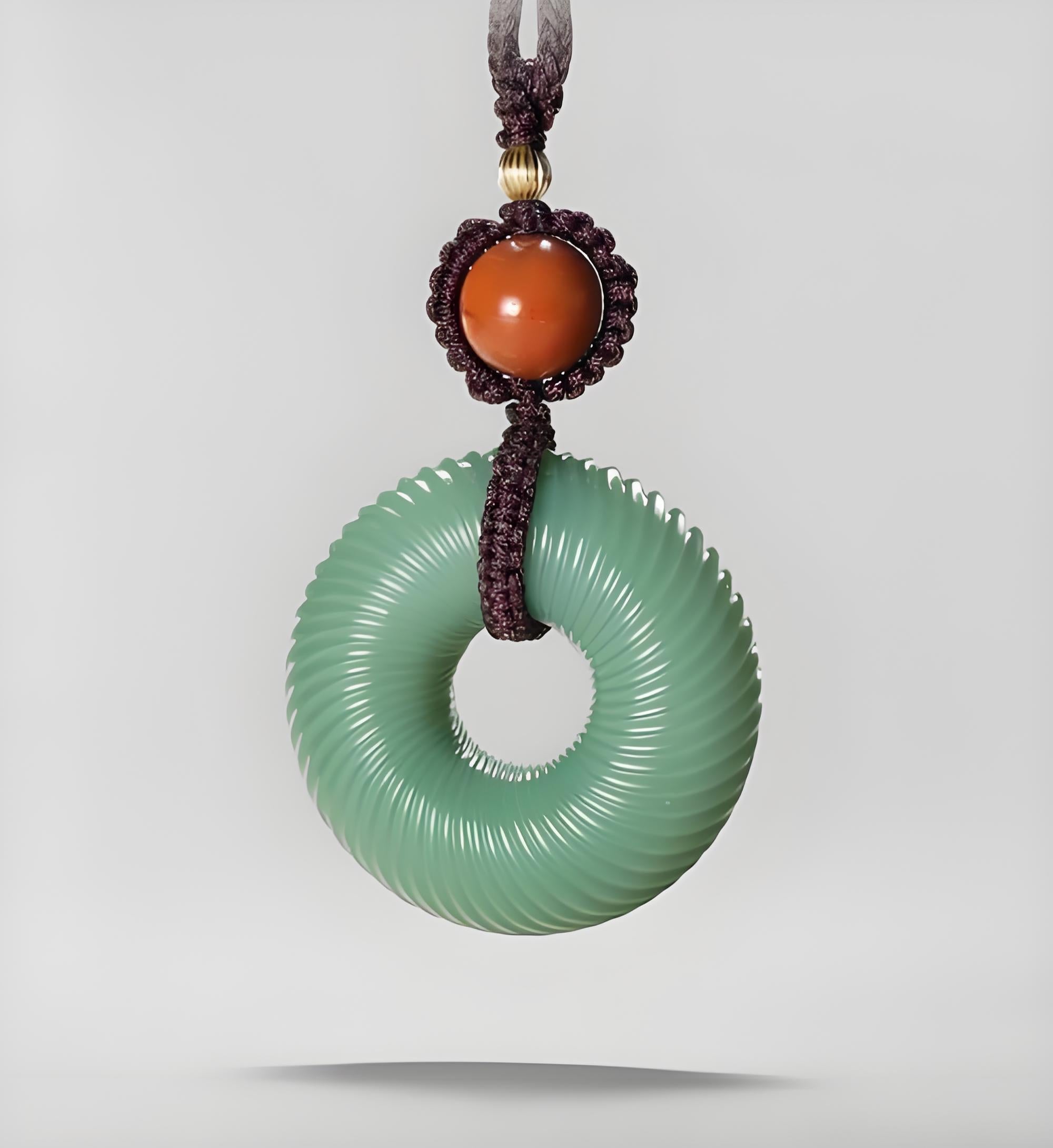
Jade: The Soul of China, Worn Upon Your Skin
Discover the spiritual essence of jade in Chinese culture—its legends, symbolism, and why wearing jade is believed to bring balance, virtue, and protection.
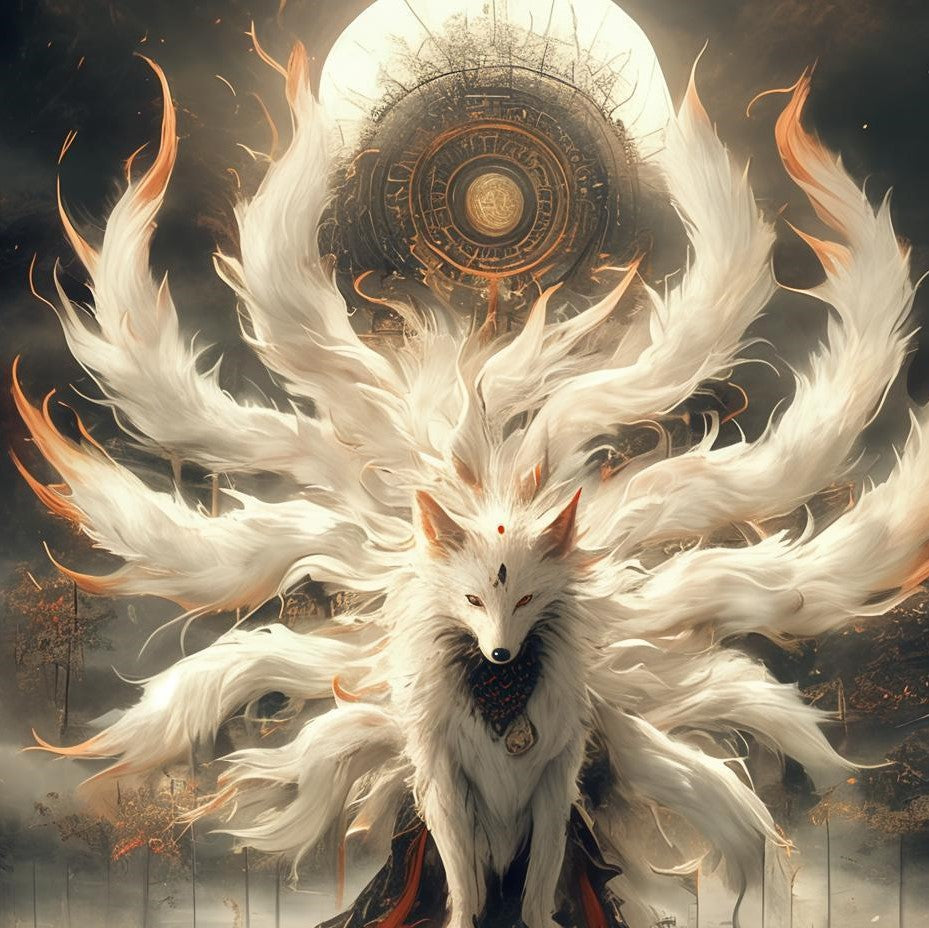
The Nine-Tailed Fox: China’s Enchanting Spirit of Transformation
Explore the legend of China’s Nine-Tailed Fox—an ancient spirit of transformation, wisdom, and mystery that continues to inspire modern imagination.
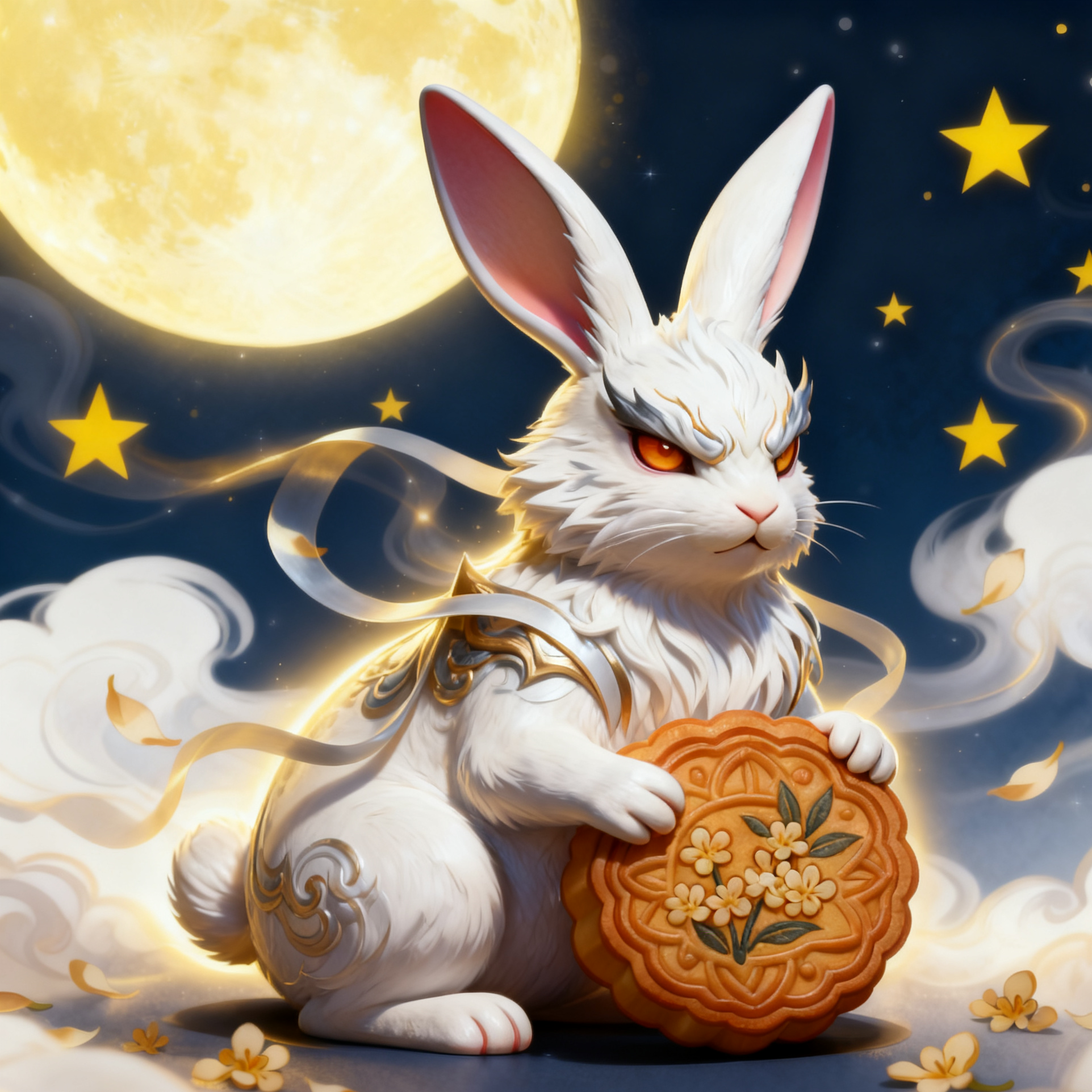
The Moon Rabbit: China’s Celestial Companion of Mystery and Magic
Discover the enchanting Moon Rabbit of Chinese mythology. Learn its legend, symbolism of longevity, purity, and harmony, and its cultural influence in art and folklore. Explore the timeless magic of China’s celestial companion.
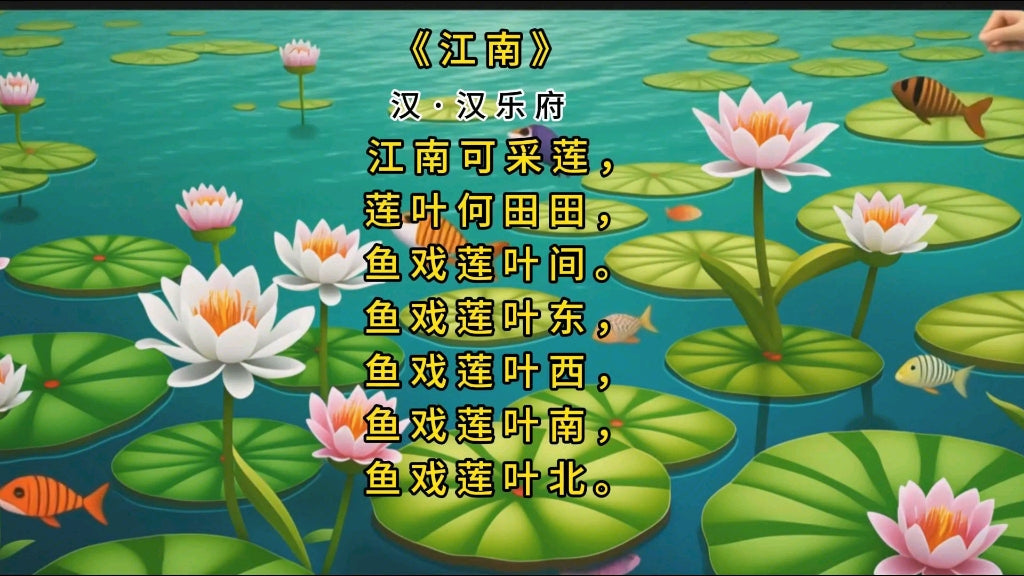
The Lotus Gatherers: A 2000-Year-Old Ballad, The Eternal Code of Eastern Aesthetics
Decode a 2,000-year-old Chinese folk song, "The Lotus Gatherers," to understand Eastern aesthetics. Discover its hidden meanings, from love to a philosophy of life.


